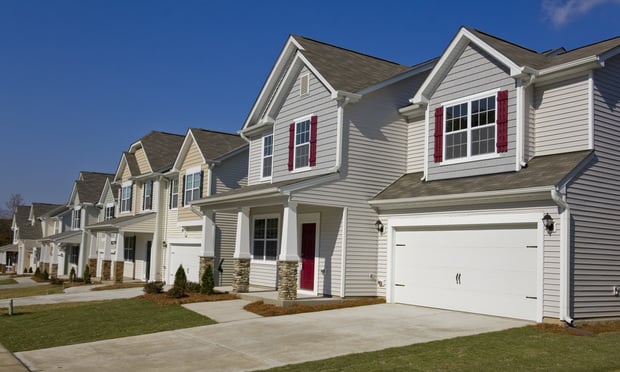The Fed's most recent rate hike has widened the emerging "expectation gap" between buyers and sellers of commercial real estate, according to one industry watcher.
"Sellers tend to be slow to adapt to a cooling market," says Marcus & Millichap's John Chang in a new research video. "Many continue to shoot for top dollar when they sell, and often end up chasing market prices down. But buyers are completely changing their underwriting assumptions…as a result, the buyer-seller disconnect has widened and commercial real estate activity activity has begun to slow."
Motivated sellers should recalibrate pricing to meet the market, Chang says — and buyers should seize the opportunity to target strategic acquisitions to position for the next growth cycle.
Recommended For You
"Any Fed-induced downturn should be mild compared to the last two recessions, but considering the stock market is down more than 20% so far this year, commercial real estate may be one of the best investment options as the Fed grapples with inflation and creates some economic turbulence," Chang says. "Now is when investors should be thinking longer term, where they want their portfolio to be in three to five years."
Chang says the recent 75 bps hike by the Fed was "telegraphed and wasn't any surprise," but there are still no signs that inflation is coming down yet. As of a few weeks ago, the headline rate of inflation was pegged at 8.2% and core inflation rate stood at 6.3%
On the supply side, Chang says, the war in Ukraine has cut the availability of oil, natural gas, and food. China's COVID zero-tolerance policy continues to stay manufacturing and shipping, and ongoing transportation challenges have hampered the movement of goods. And "the strength of the US economy is on the other side of the equation," he says, noting that unemployment is 3.7% and there are 5.2 million more job openings than people looking for work. Wage growth has been above 5% for the last eight months, and households have amassed $23 trillion in savings, a major upswing from pre-pandemic numbers. Meanwhile, inflation-adjusted retail sales are 20% higher than pre-COVID figures.
"Manufacturing, shipping, and logistics systems simply cannot keep up with consumption," Chang notes. "The Fed's answer to this is to try to cut demand and get it back into alignment with supply by raising interest rates. Unfortunately this will cause some pain…in a nutshell, the Fed's basically suggesting the economy may need to go into recession to get inflation under control."
© 2025 ALM Global, LLC, All Rights Reserved. Request academic re-use from www.copyright.com. All other uses, submit a request to [email protected]. For more information visit Asset & Logo Licensing.







